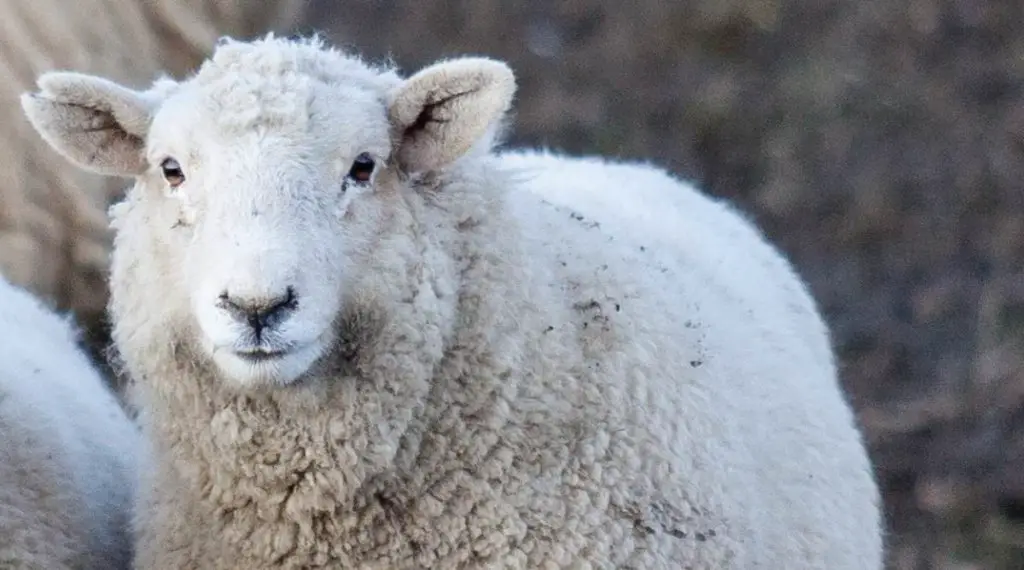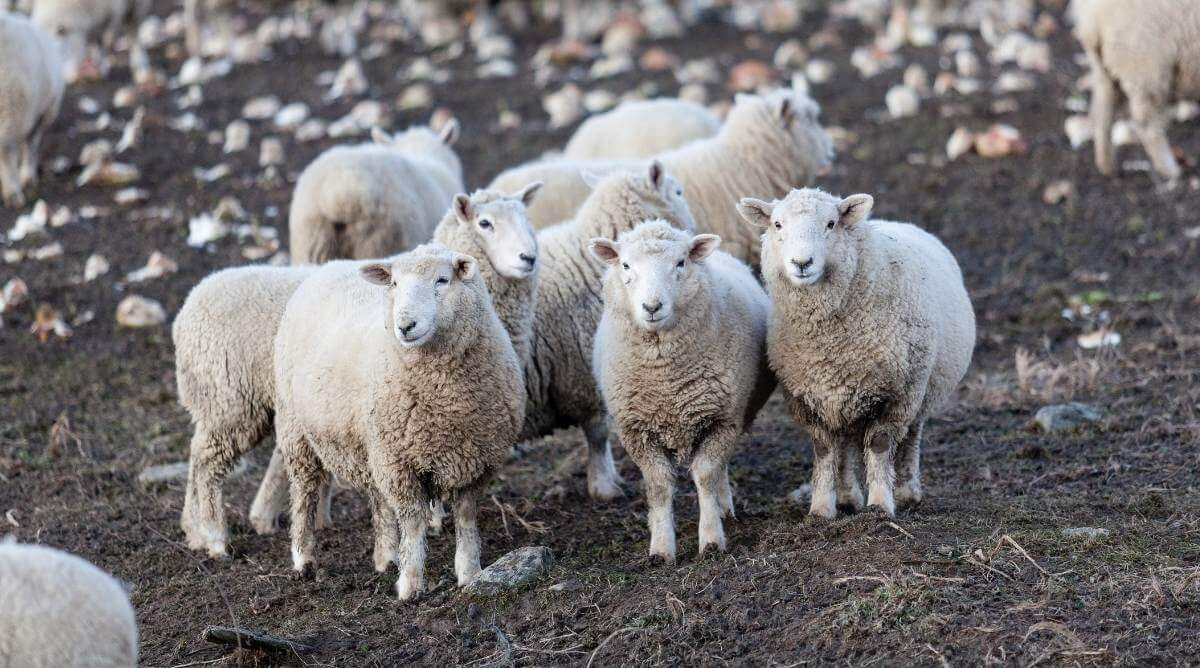Corriedale sheep originated in New Zealand. Heavy-set and meaty, Corriedale sheep are used for both wool and meat production. They have a tame demeanor, making them a popular choice for sheep farmers and shepherds. The breed is fertile and adaptable to various climates and environments.
Table of Contents
Corriedale Sheep Origin
Corriedale sheep originated on the South Island of New Zealand in 1882 as a result of the crossbreeding of Merino and Lincoln Longwool sheep by James Little. In 1911, the breed was officially recognized.
Corriedale sheep have been exported worldwide, mainly to Australia, South America, and the United States.
Characteristics of Corriedale Sheep
| Characteristics | Description |
| Origin | New Zealand |
| Appearance | No horns and horizontal ears, sometimes with blue or black spotting. Open faces without any noticeable wool covering. Black nose and hooves. Dense wool. |
| Wool | Mature ewes provide 10-17 pounds of fleece, with a yield of 50-60%. Fiber ranges from 25-30 microns. Staple length ranges from 3.5-6 inches. |
| Weight | 175 to 275 pounds (Rams), 130-180 pounds (Ewes) |
| Fertility | High fertility and excellent mothering instincts. |
| Meat | High-quality meat. |
| Environment | Hardy. Adaptable to both hot and cold weather. |
| Other | Popular in the sheep industry due to its ability to increase its weight while eating far less than most other breeds of sheep. |
| Common uses | Meat production and felt production. |
Corriedale sheep are docile and easy to handle, making them popular on sheep farms. They are used for both wool production and meat production.
Corriedale sheep are polled (no horns). A distinguishing characteristic of the breed is their horizontal ears, which sometimes have blue or black spotting. Corriedale sheep have an open face without any noticeable wool covering. Their nose and hooves are black. The wool covering the rest of the body is dense.
Corriedale sheep have a long life span. The breed is hardy and easily adapts to a wide range of climates. The mothers are known for their high fertility and excellent mothering instincts.
Corriedale Sheep Wool

Corriedale sheep have dense, semi-lustrous medium-fine fleece. Corriedale wool is high-quality and ranges in color from silver to brown to black.
Mature ewes provide 10-17 pounds of fleece at each shearing, with a yield of between 50-60%. Fiber diameter ranges from 25-30 microns. The average staple length ranges from 3.5-6 inches.
Corriedale fleece is in demand for the production of felt. It’s a popular choice among hand spinners.
Corriedale Sheep Meat Production
The Corriedale sheep produces high-quality meat. Corriedale sheep have muscular hindquarters, meaty legs, broad backs, prominent ribs, and dark hooves.
Heavy-framed Corriedale ewes weigh on average between 130 to 180 pounds, with rams ranging from 175 to 275 pounds.
Which Environments Are Good for Corriedale Sheep?
Corriedale sheep are hardy, flourishing in both hot and cold weather.
In addition to New Zealand and Australia, it’s the most common sheep in South America. It also thrives in North America, Asia, and South Africa.
The breed is popular in the sheep industry because of its ability to increase its weight while eating far less than most other breeds of sheep.
Association
The New Zealand Corriedale Sheep Association was founded in 1910. Their flock book was published in 1924, including the details of almost ninety flocks. Other countries such as Australia and the US have since created their own Corriedale Sheep Associations.

